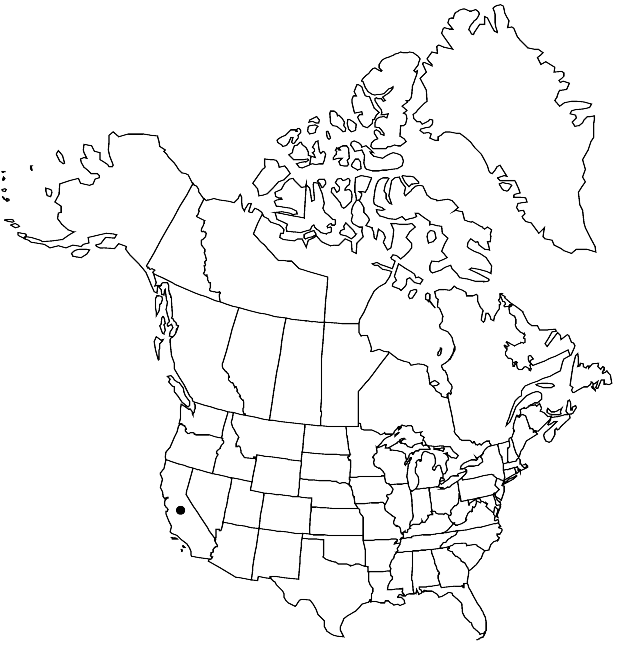Erysimum insulare
Bull. Torrey Bot. Club 13: 218. 1886.
Perennials or subshrubs. Trichomes of leaves primarily 2-rayed, sometimes mixed with 3-rayed ones. Stems ascending to sprawling, proximal branches terminating in sterile rosettes, (woody at base), 0.5–3 dm. Basal leaves: blade linear to linear-oblanceolate, (2–) 3.7–9 cm × 2–5 (–10) mm, base attenuate, margins usually entire, rarely sparsely denticulate, apex acute. Cauline leaves (distal) sessile; similar to basal. Racemes considerably elongated in fruit. Fruiting pedicels widely spreading, slender, narrower than fruit, (8–) 10–22 mm. Flowers: sepals oblong to linear-oblong, 6–10 mm, lateral pair slightly saccate basally; petals yellow, broadly obovate to suborbicular, (11–) 14–20 (–22) × (3–) 4–11.5 mm, claw 7–10 mm, apex rounded; median filaments 7–10 mm; anthers linear, 2–3 mm. Fruits ascending to spreading, narrowly linear, straight or only slightly curved inward, not torulose, 2–5 (–7) cm × 2–3 mm, angustiseptate, not striped; valves with prominent midvein, pubescent outside, trichomes 2–4-rayed, glabrous inside; ovules 36–50 per ovary; style cylindrical or slightly flattened, stout, 1–4 mm, sparsely pubescent; stigma slightly 2-lobed, lobes as long as wide. Seeds oblong, 1–2 × 1.2–2 mm; not winged. 2n = 36.
Phenology: Flowering Mar–May.
Habitat: Sandy areas along coastal bluffs, coastal scrub
Elevation: 0-300 m
Discussion
Erysimum insulare is restricted to the northern Channel Islands (San Miguel and Santa Rosa islands) of western Ventura County.
Selected References
None.
Lower Taxa
"wide" is not a number."dm" is not declared as a valid unit of measurement for this property."elongated" is not a number."narrower" is not a number."thick" is not a number.
